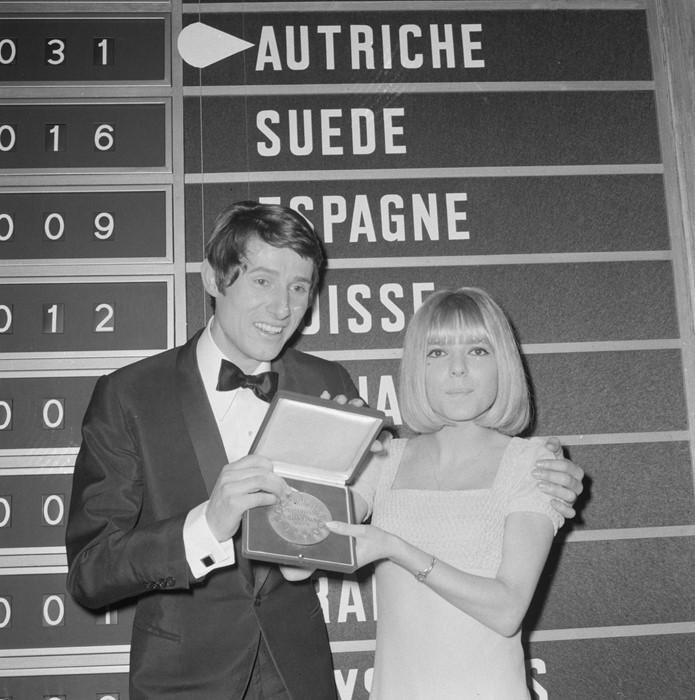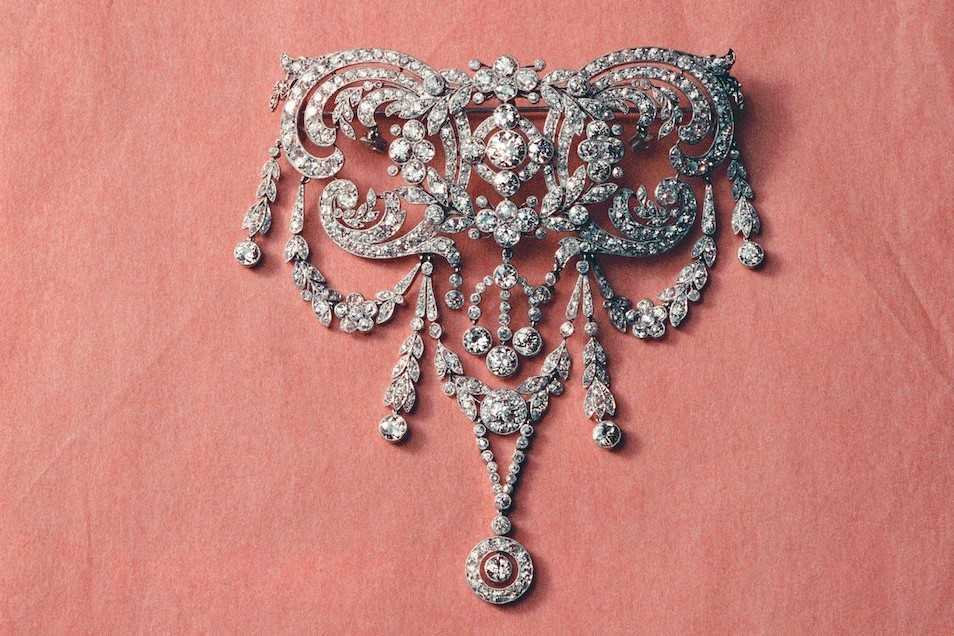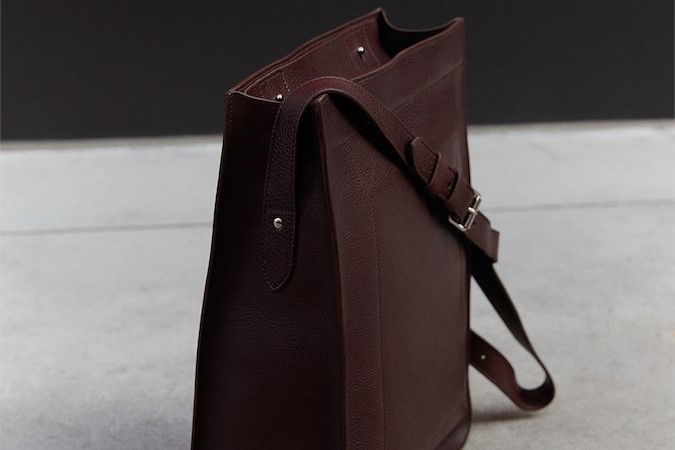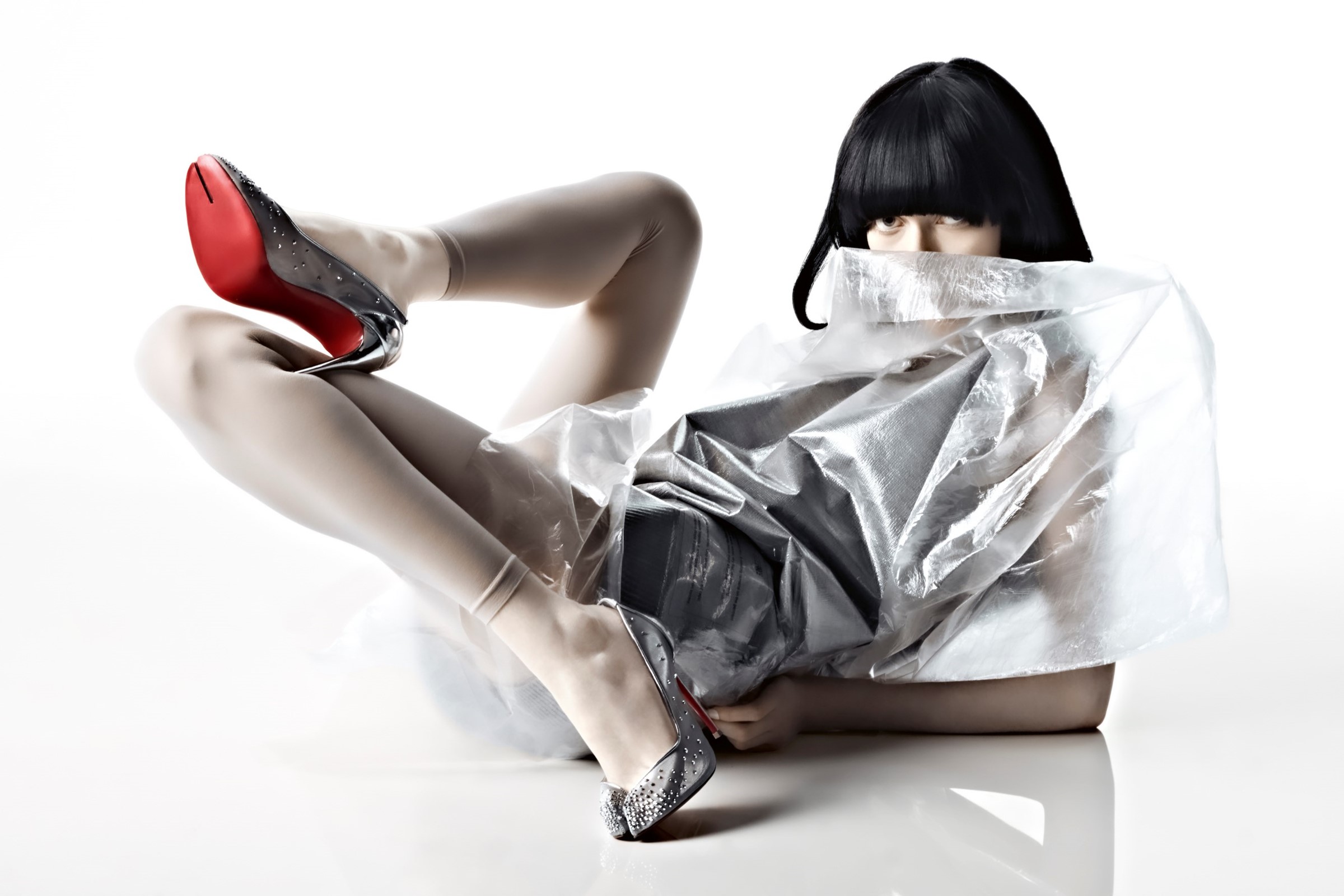We pay tribute to France Gall, the influential and original yé-yé girl, who sadly passed away this week
Isabelle Gall (or France, as she is famously known) was born in Paris in 1946. At 16, she broke out onto the pop scene with Sacré Charlemagne, a song about teenage refusal to attend school written by her father, a composer who’d also worked with Edith Piaf.
One of the original ‘yé-yé girls’ of the French pop scene, Gall inspired swathes of young fans to bob their hair, and her distinctive child-like voice shaped the sound of 1960s France, in the years before a new wave of rebellion marked by the 1968 student protests.
Gall was also inspiration for the original version of the song covered by Frank Sinatra as My Way (it was written by her former boyfriend who cruelly broke up with her minutes after 1965 Eurovision win). Later her song Laisse Tomber les Filles (written by Serge Gainsbourg) became known by a new generation when it was featured in Quentin Tarantino’s Death Proof.
Seminal Moments
Gall was just 17 years old when she won the Eurovision Song Contest in 1965 with Poupée de Cire, Poupée de Son, a catchy, childlike ditty about ragdolls written, as with many of her subsequent hits, by Serge Gainsbourg. For her performance Gall wore lacquered cat eyes and a minidress; and soon afterwards she burst onto the French yé-yé pop scene, alongside fellow young artists like Françoise Hardy, Sylvie Vartan and Chantal Goya.
As the mood shifted in the late 1960s, Gall moved away from her teenage persona, turning instead to grown-up, catchy hits. She recorded the duet Donner Pour Donner with Elton John in 1980; the cover art shows Gall looking like a relaxed, road-trippin’ westerner with shaggy Stevie Nicks-esque hair and a tight black top.
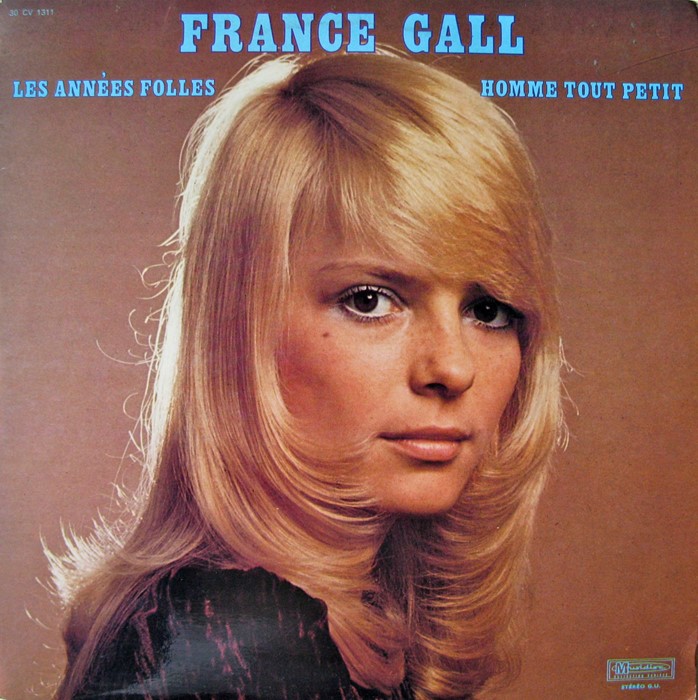
Defining Features
Throughout the 1960s Gall alternated her hairstyles between her iconic chin-grazing bob, a heavy fringe (both blunt and gently curtained) and a neat side-parting fastened with a tortoiseshell or daisy hair clip. It was always blonde, of course, and the latter look would inspire the style of glowering teen Margot Tenenbaum in Wes Anderson’s 2001 film The Royal Tenenbaums.
Like Edie Sedgwick, Elizabeth Taylor and Goldie Hawn, France Gall also sported a large (false) beauty spot for much of the 1960s and 1970s – just beneath her right eye. Just as Marilyn Monroe’s had spawned imitations, copying Gall’s own beauty mark was another way for young fans to appear instantly and insouciantly Gallic. Worn with berets and imitation Françoise Hardy PVC raincoats, naturellement.
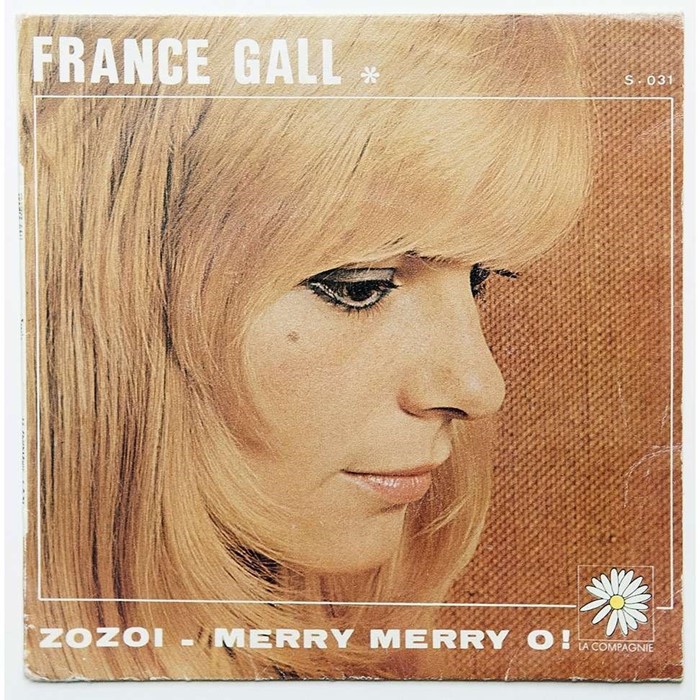
She’s an AnOther Woman Because…
Despite her career success, Gall’s later life was sadly peppered with tragedy – but her resolve and strength of character guided her to live life on her own terms, right until the end. Reflecting on the death of her songwriter husband Michel Berger, her daughter Pauline and her own battle with breast cancer all within the space of six years in the 1990s, Gall told Paris Match in 2015: “I think we go when it’s time to go, that the departures are scheduled. Why did they both go so soon? I have long tried to understand this great mystery.” Though Gall largely retreated from the public eye afterwards, she found a new lease of life as a humanitarian, and continued to delight yet more generations of teenagers with her irresistible pop.
